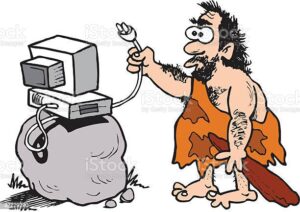Overall, I enjoyed the class. The structure and assignments for the class were fun and got me really engaged with the material. The assignments that I believe I learned the most information from was the infographic assignment and the Final. The thing I was most interested in was advertising and propaganda. The creating propaganda assignment was a fun way to show how media can be twisted in a way to show a certain message. My favorite fact that I learned was that the first advertisement was for a weaving shop and was created in 3000 BC. Seeing how advertising went from a piece of papyrus to a company making twitter memes is a cool way to see how the world is constantly evolving. This speaks to one of the larger points which is how communication evolved right alongside technology. I found it interesting that the places and technologies for communication have changed but the purpose and contents really haven’t changed. With that, going from cave paintings to modern technologies offered me a unique connection to a history class that I have never had before.
The assignment that I had the most fun creating was the misinformation assignment. I had been wanting to find an app where I could edit videos in that way for a while, and this class finally gave me a productive reason for it. So, I am thankful that I got to do it because now I can use it for fun. I also don’t know if I would have done it on my own. Another thing that I learned about was how to use Canva before this class I had no idea what it was. I was glad to have learned about Canva because I want to be a teacher and being able to create infographics or other materials with it will be greatly beneficial. Along with that I can also introduce and allow students to use it for classroom assignments which can lead to higher levels of engagement.
One of my favorite elements was the small presentations we did. The fact that the presentations were informal helped relieve some of the anxiety I have. I also really enjoyed getting to see everyone else’s assignments. Since I didn’t know a lot of tools to create and edit media, I was always interested to see what other people used or by them using tools in a way that I had never seen before. As opposed to typical types of presentations and material I found this more entertaining. The assignments were my favorite part of the class. I haven’t had a class where I have had the chance to be creative since high school really. I graduated high school in 2017 so it’s been a while. At the beginning of the year, I was really intrigued by the concept of the class and what it would turn out to be. I can say that I am happy I took the class and that it was one of the most memorable classes I have ever taken.

